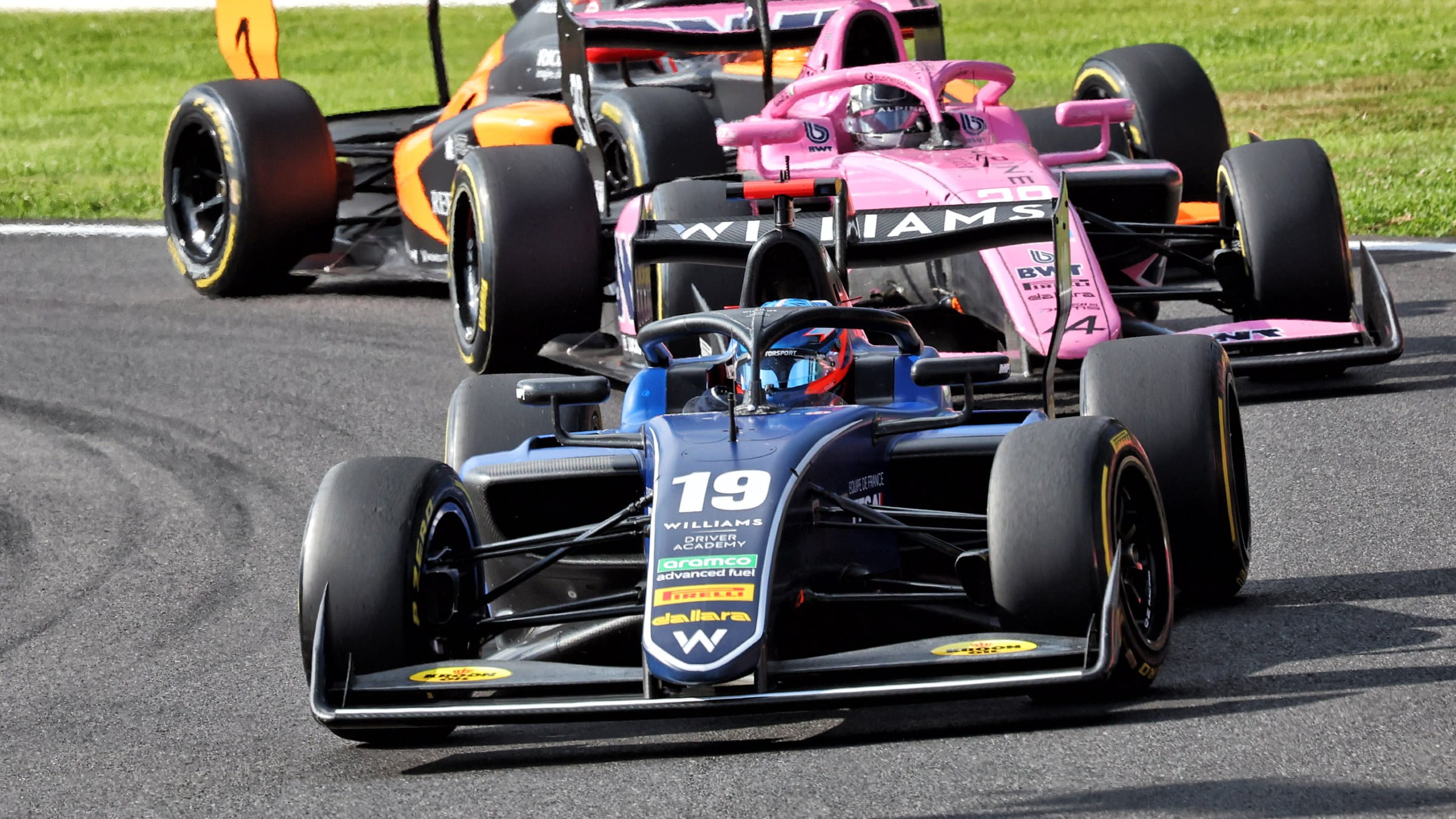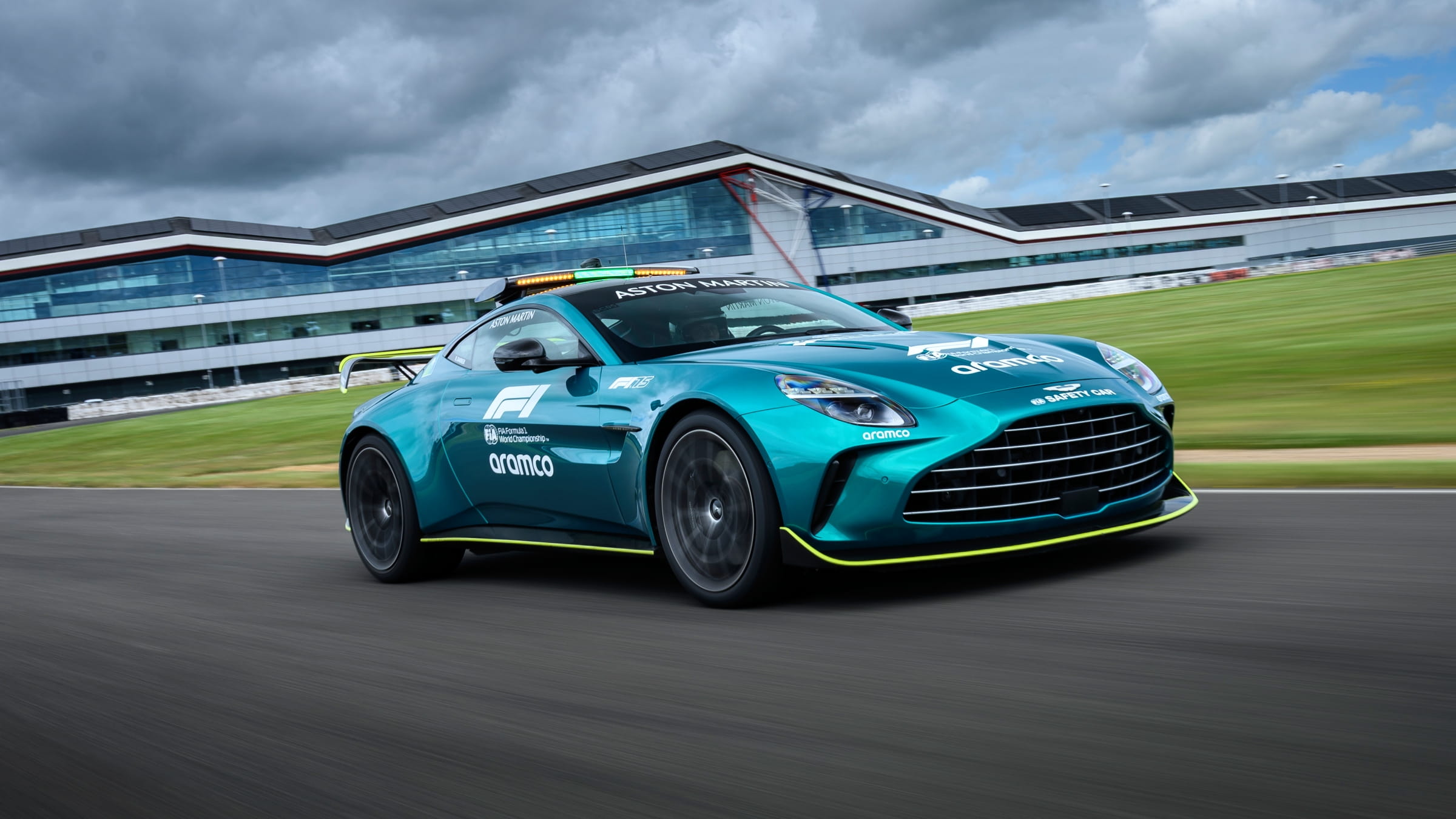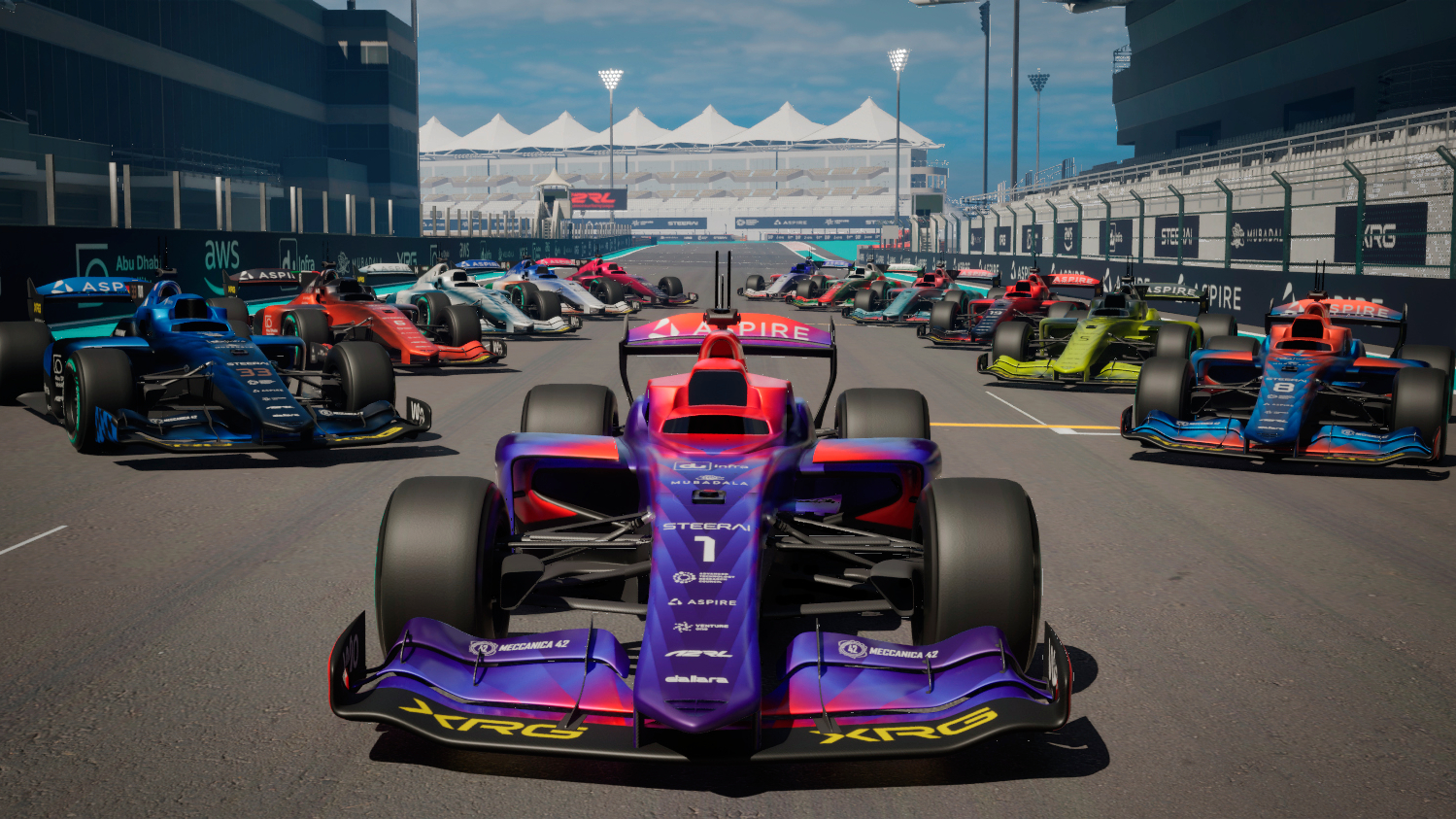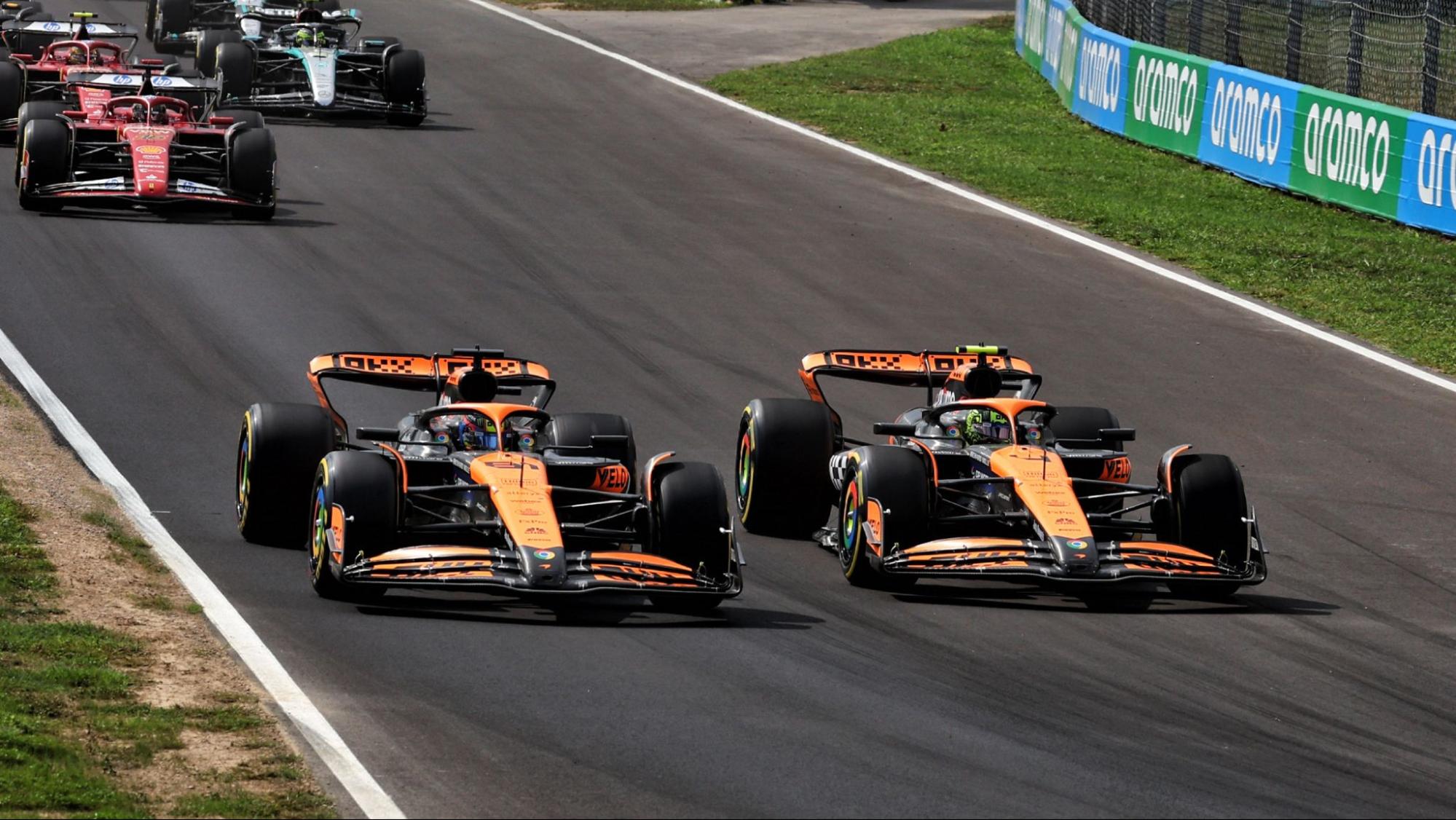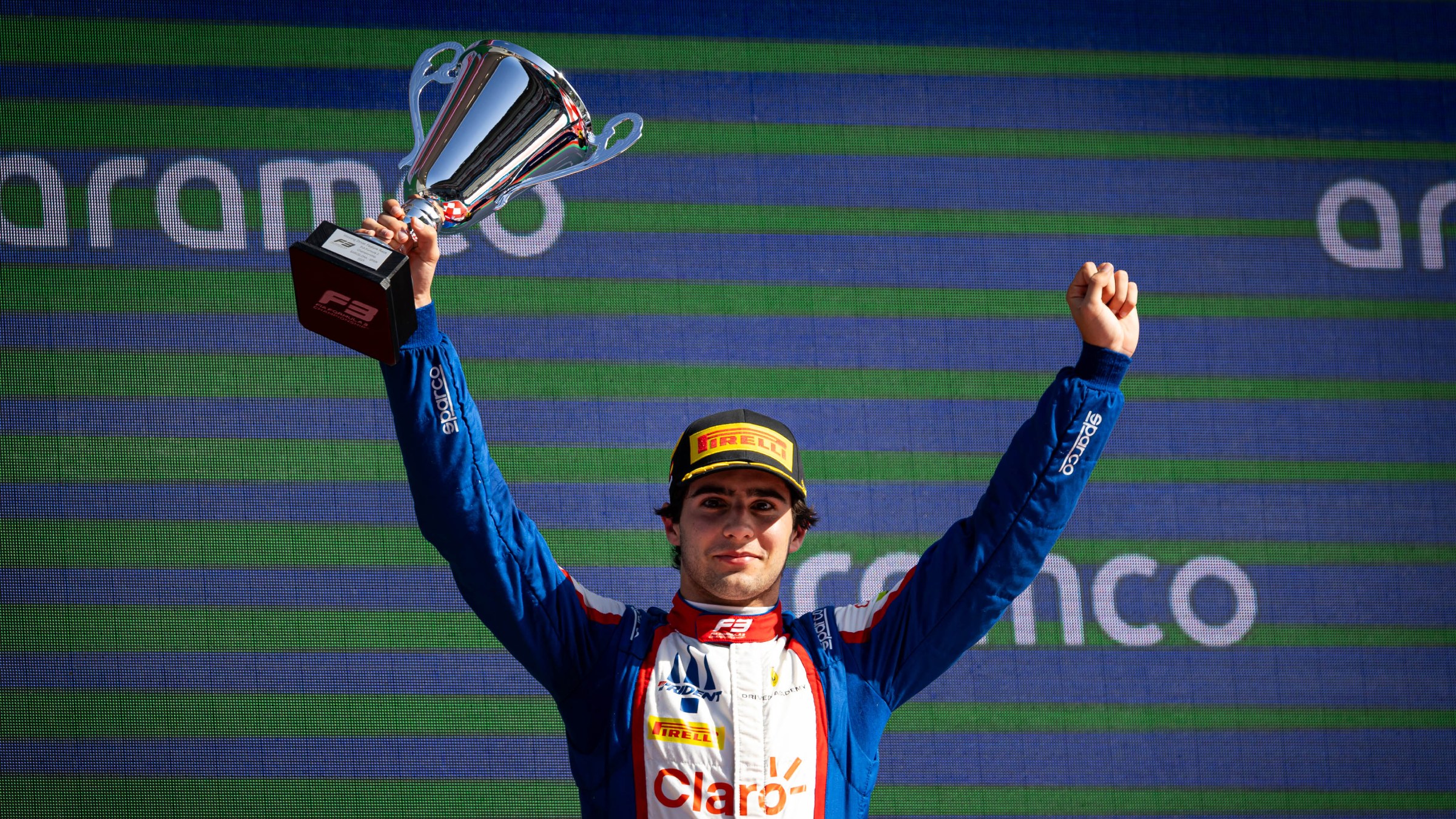Innovation
10 things you didn’t know about the F1 T-Cam
by Samarth Kanal
7min read
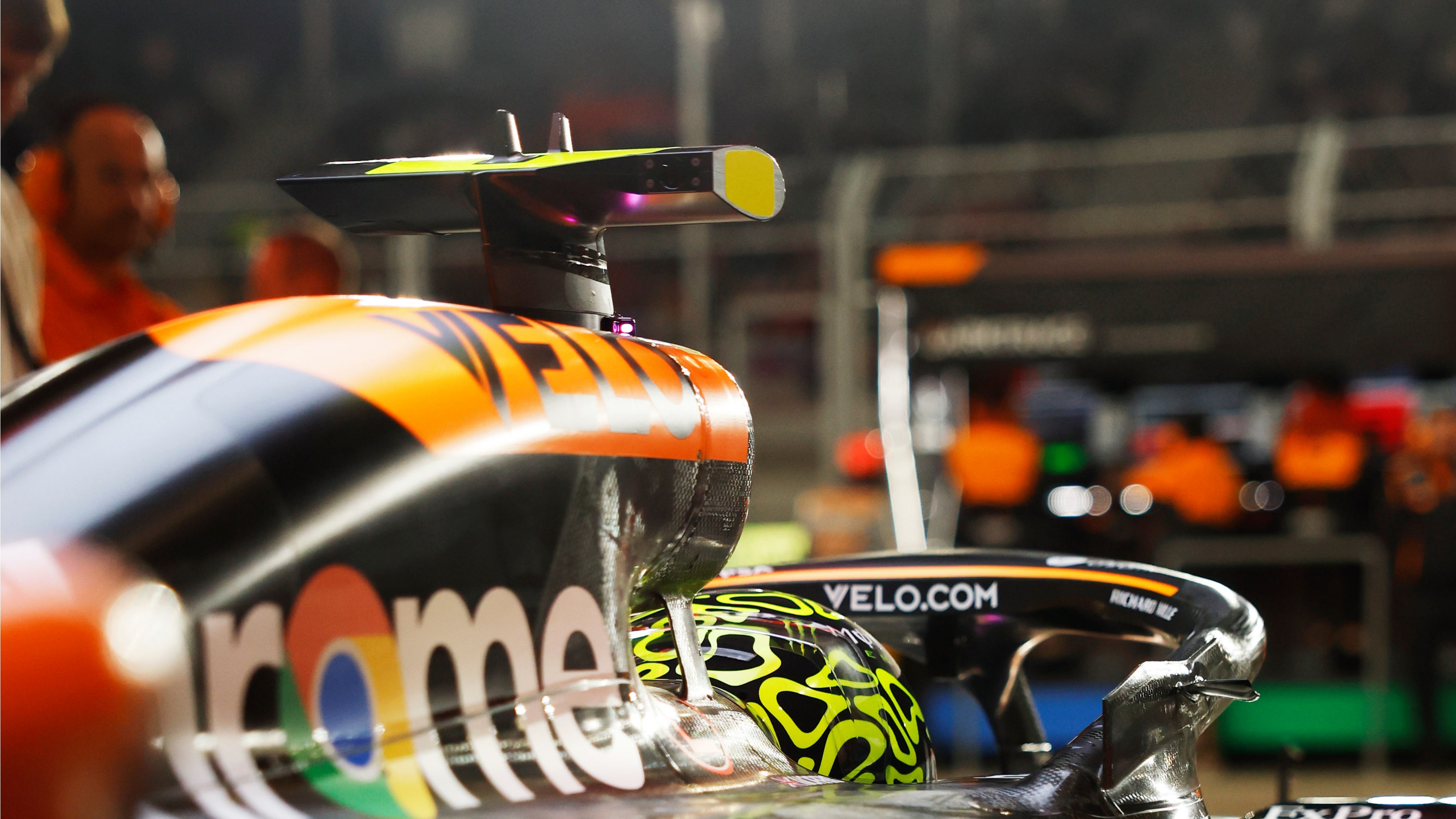
The Formula 1 T-Cam looms over the driver’s helmet but it’s often overlooked despite being an ever-present part of the F1 car.
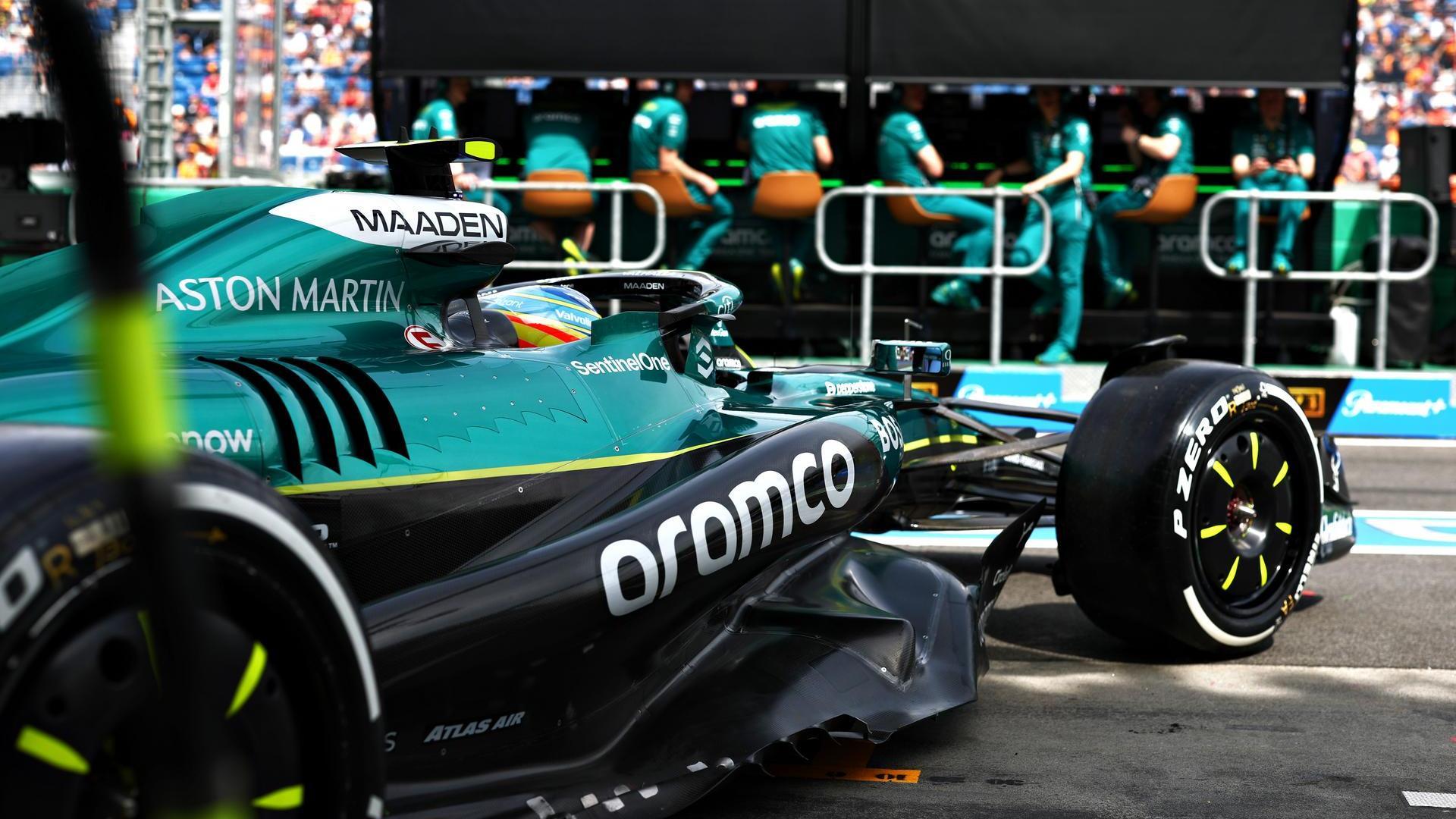
Sign up for a newsletter and we'll make sure you're fully up-to-date in the world of race technology
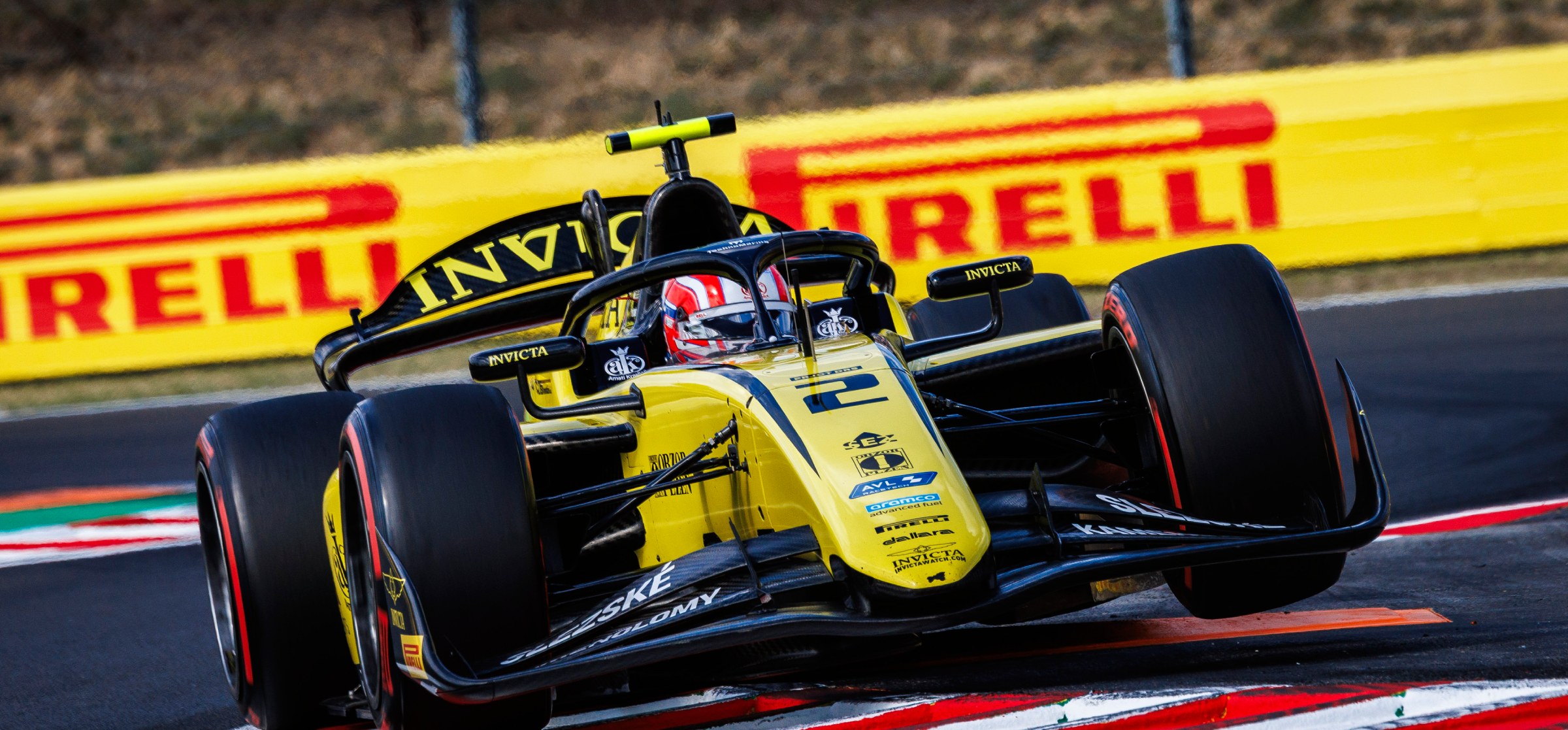
Formula 2 (pictured), Formula 3, the safety car, and Porsche Supercup all use the same T-Cam housing
1. Around 170 onboard cameras capture the action every weekend
A whole team of technicians and engineers makes sure this piece of kit works on every F1 car - with the same housing used on the safety cars, Formula 2 and Formula 3 cars, and Porsche Supercup cars.
This group is the onboard camera team, responsible for researching and developing other cameras such as the in-helmet camera that is just eight millimetres in diameter and provides the closest possible driver’s-eye view of the track.
F1 fits up to nine cameras around an F1 car - with bandwidth potentially allowing up to 20 onboard cameras - but generally there are up to around 170 cameras broadcasting on-car views across F1, F2, F3, and the Porsche Supercup over a grand prix weekend.
The onboard camera team experiments with different materials - such as rubber bushings to counteract vibrations - plus antenna placements and housing shapes in its development of T-Cams.
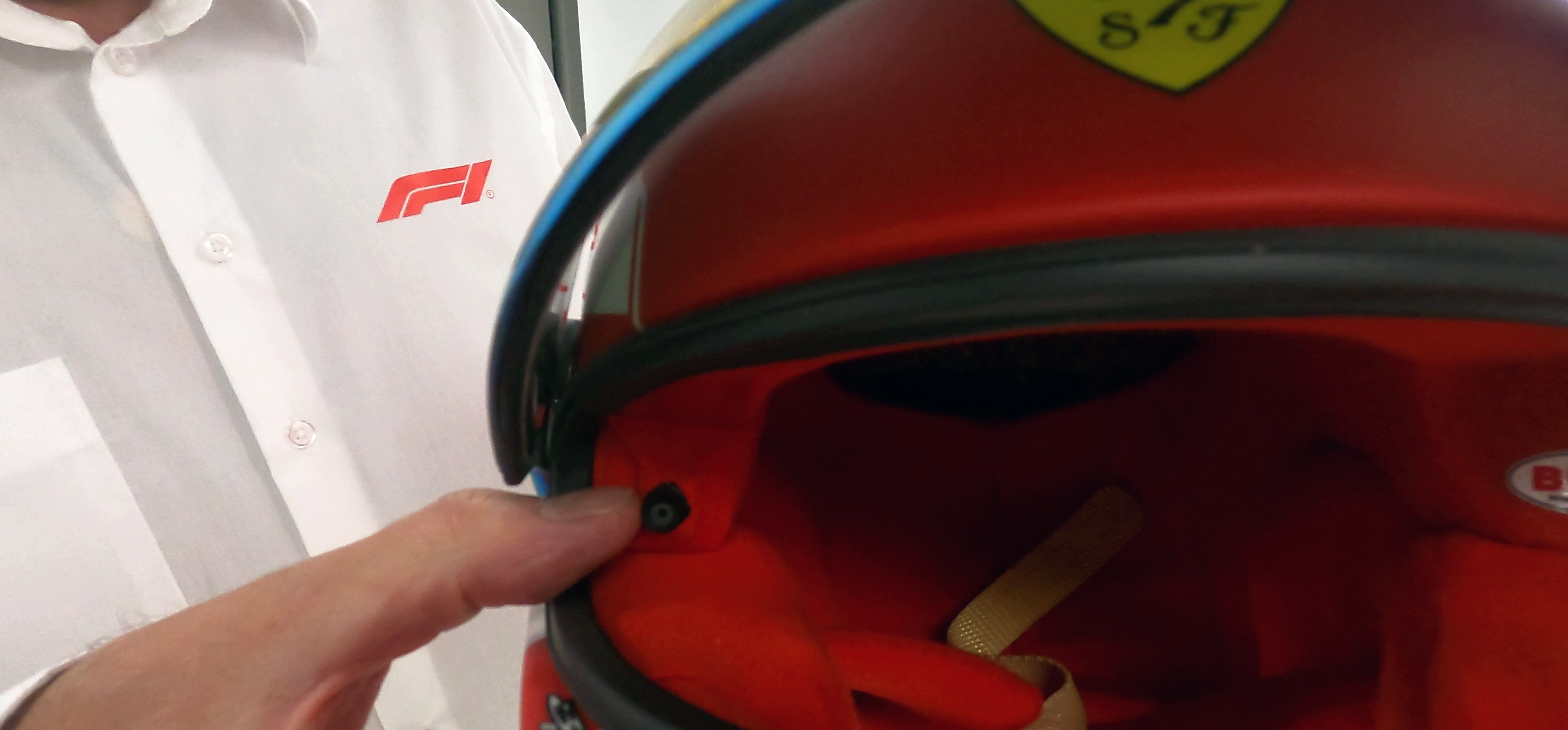
The tiny ‘driver’s eye’ camera mounted inside an F1 driver’s helmet
2. The T-Cam does more than capture footage
The T-Cam is composed of two tiny cameras, one facing forwards and one rearwards covered by transparent housing that is covered in a dirt-resistant coating.It also includes two antennae, one to broadcast the footage to the trackside F1 broadcasting centre and back to its headquarters in the UK; and another antenna to send telemetry from the car to teams.
The cameras are the smallest part of the housing itself, and the T-Cam unit itself weighs around 1.5kg in total.
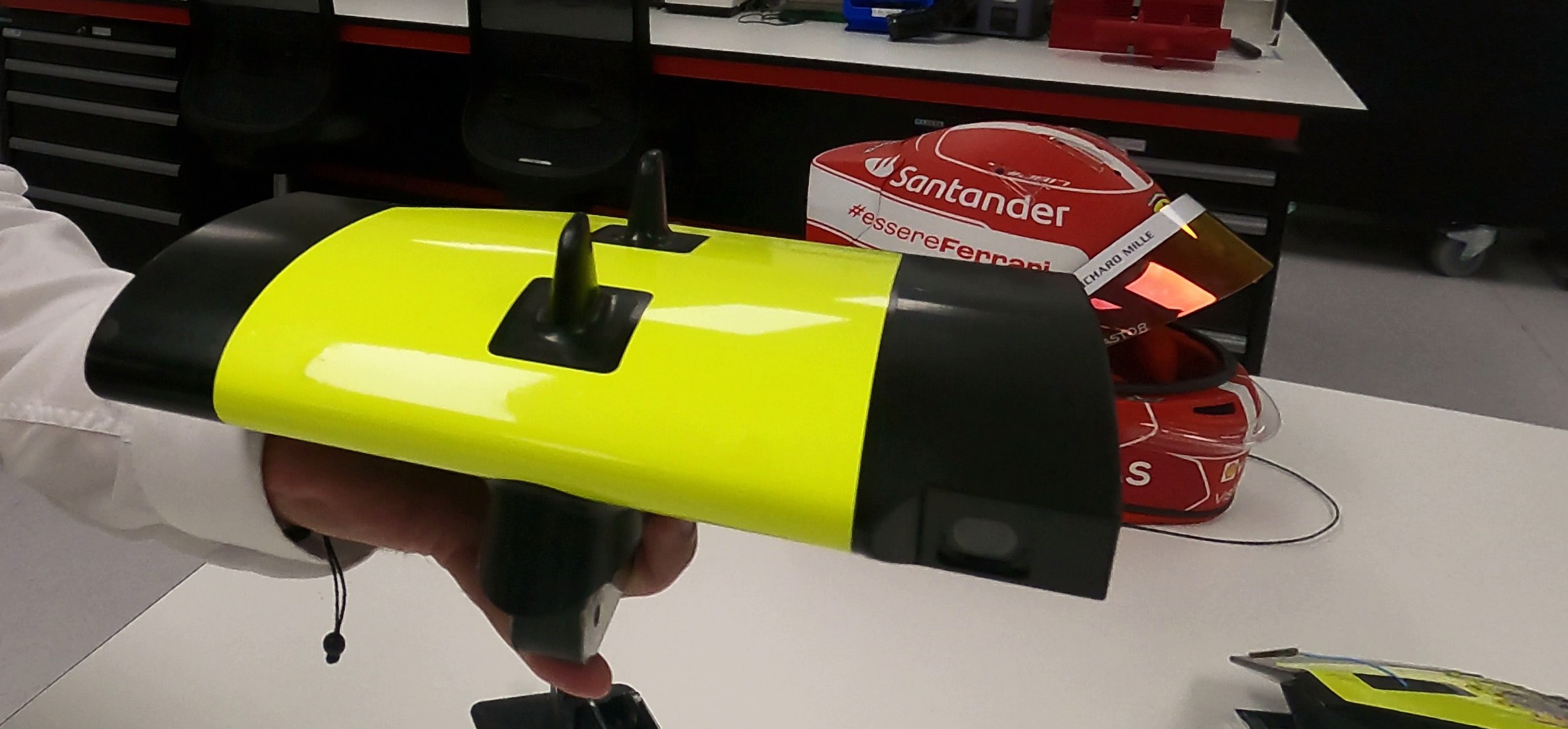
The front of an F1 T-Cam with the front camera lens visible and the two fin-like antennae on the roof
3. The T-Cam costs thousands of pounds
As always, these estimates can change depending on the cost of the bespoke components and their materials but the F1 T-Cam can cost around £40,000.Many units have been disposed of, but a few have been recovered and sit proudly on a shelf in the onboard camera team’s office - documenting the work that has been done on these units since 1998, after the sharkfin-style camera was replaced.
The (in)famous T-Cam that was damaged in Zhou Guanyu’s rollover crash at the 2022 British Grand Prix is one of those units that has been salvaged.
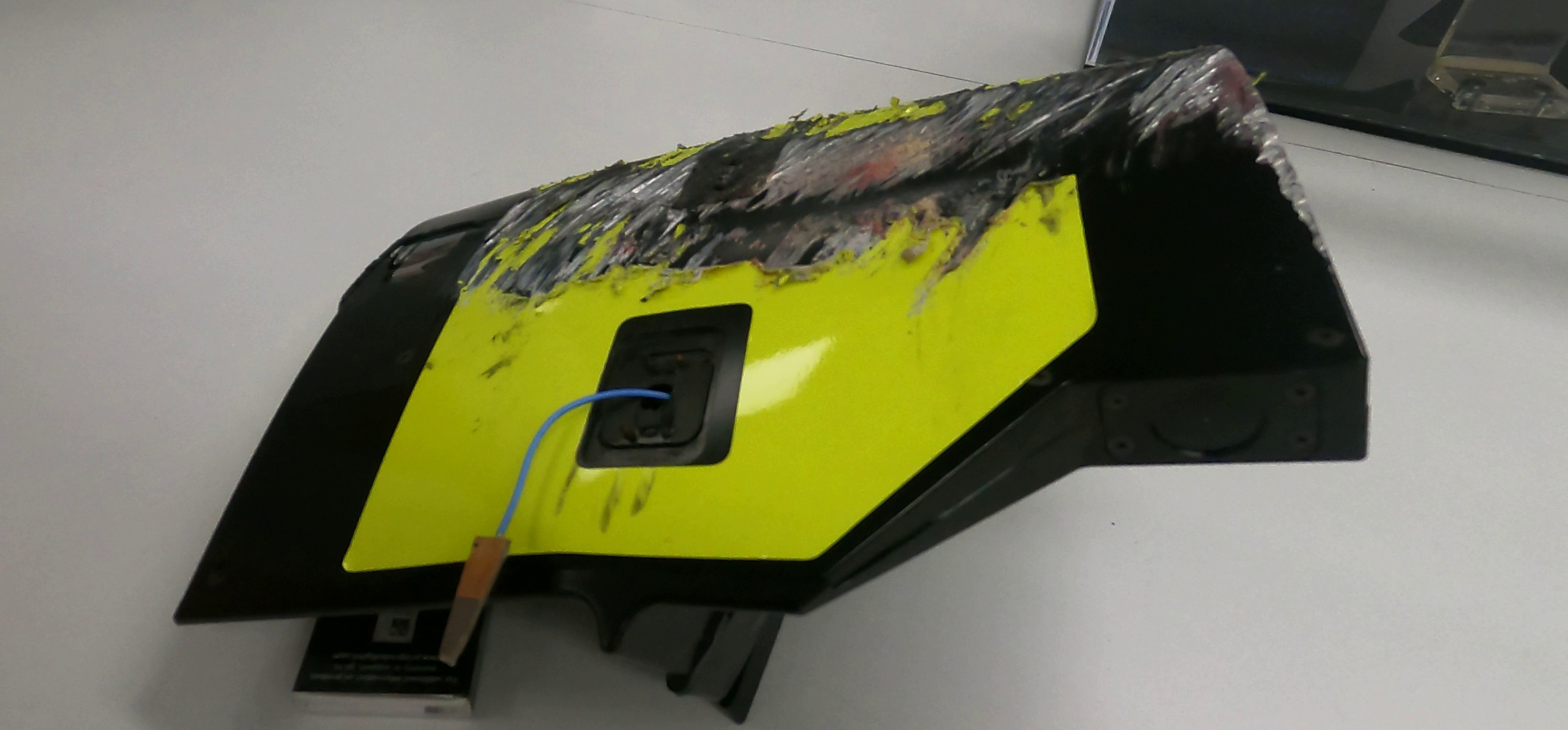
The T-Cam from Zhou Guanyu’s Alfa Romeo, which rolled over in a heavy impact at the start of the 2022 British GP
4. The T-Cam is not made out of carbon fibre
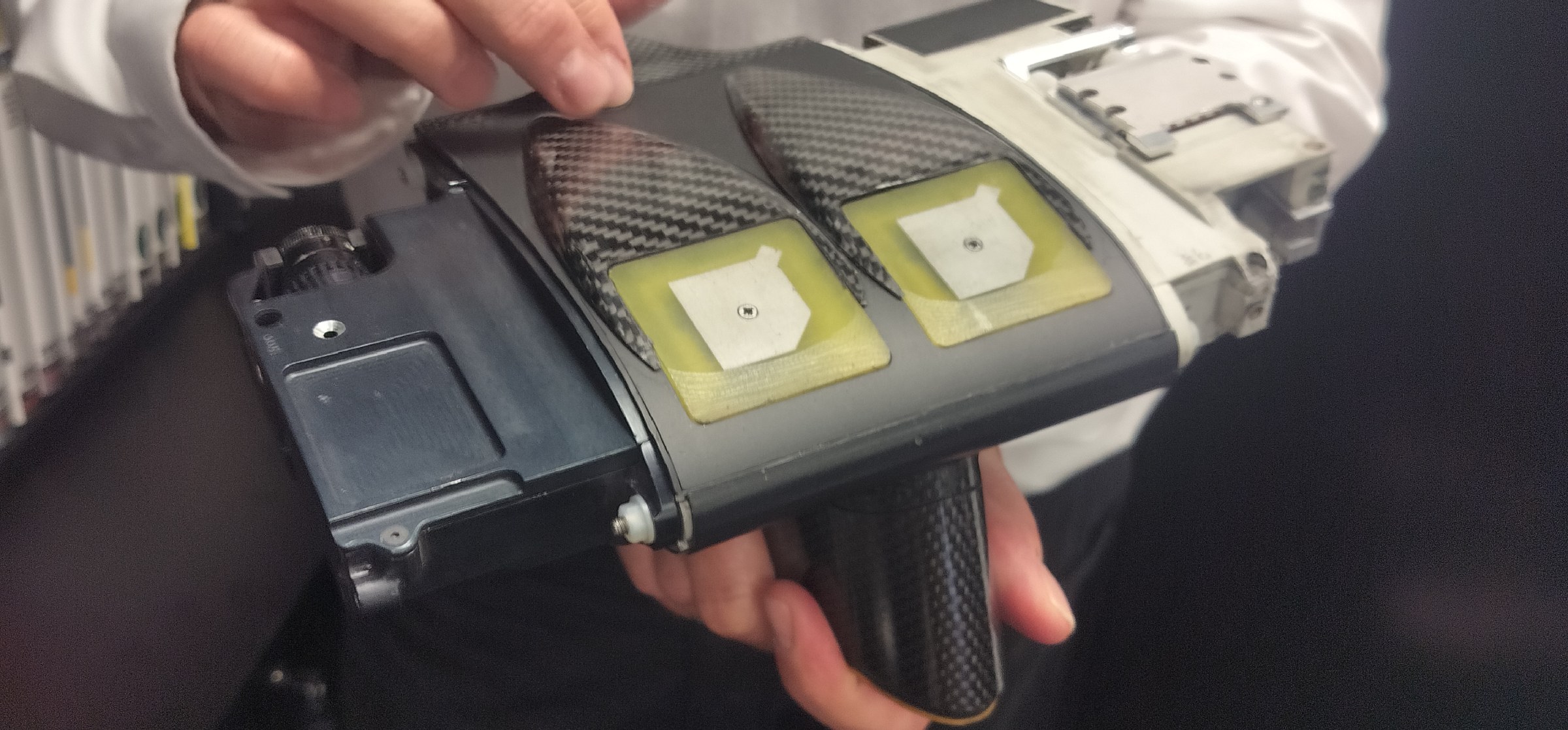
A look at the innards of a previous T-Cam iteration with the RFID antennae visible and the rear camera lens exposed
5. Teams have tried to use the T-Cam to their advantage
6. The T-Cam was once 3D-ready
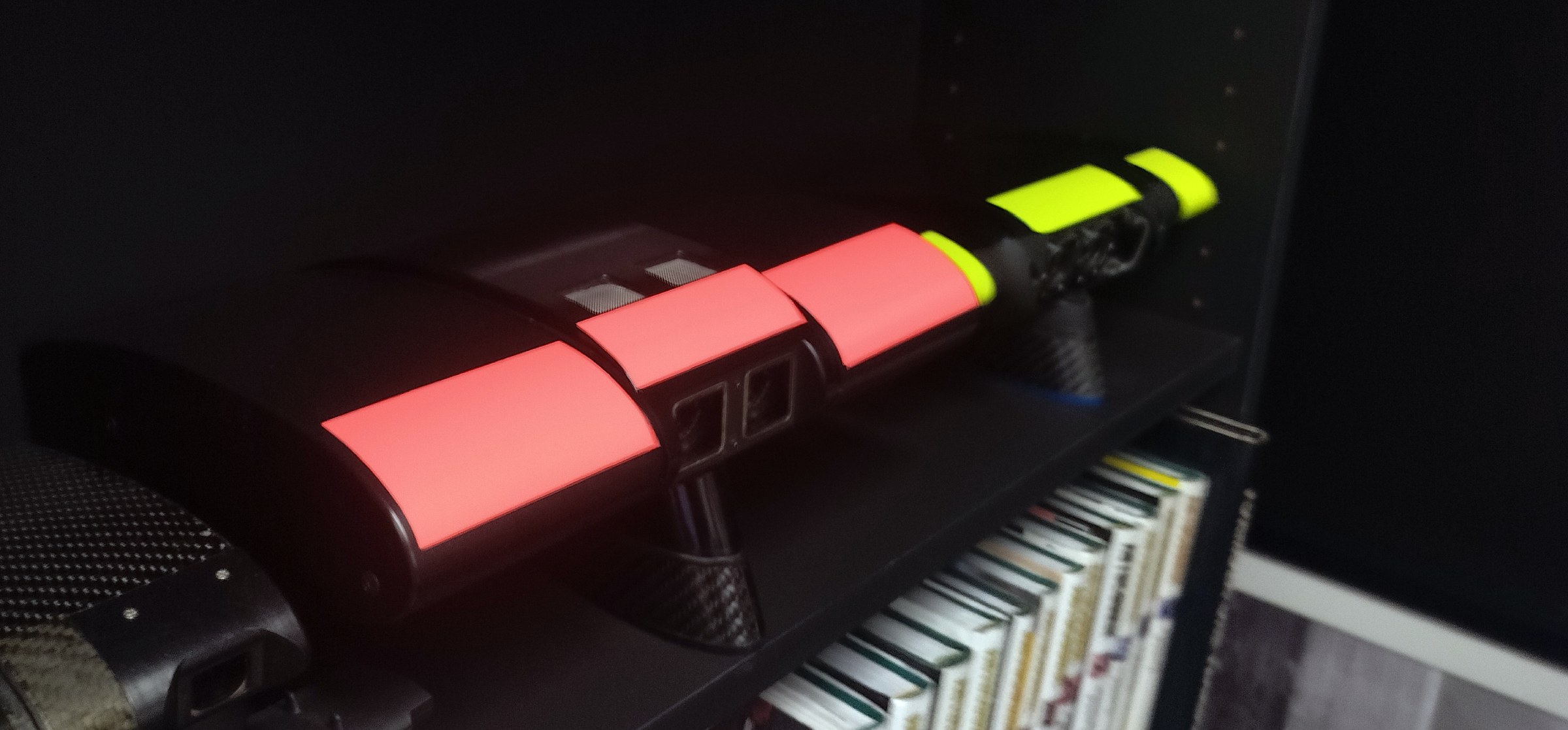
Prototype 3D-ready T-Cams on display with two front and rear lenses
7. Onboard camera technology evolves just like F1 cars
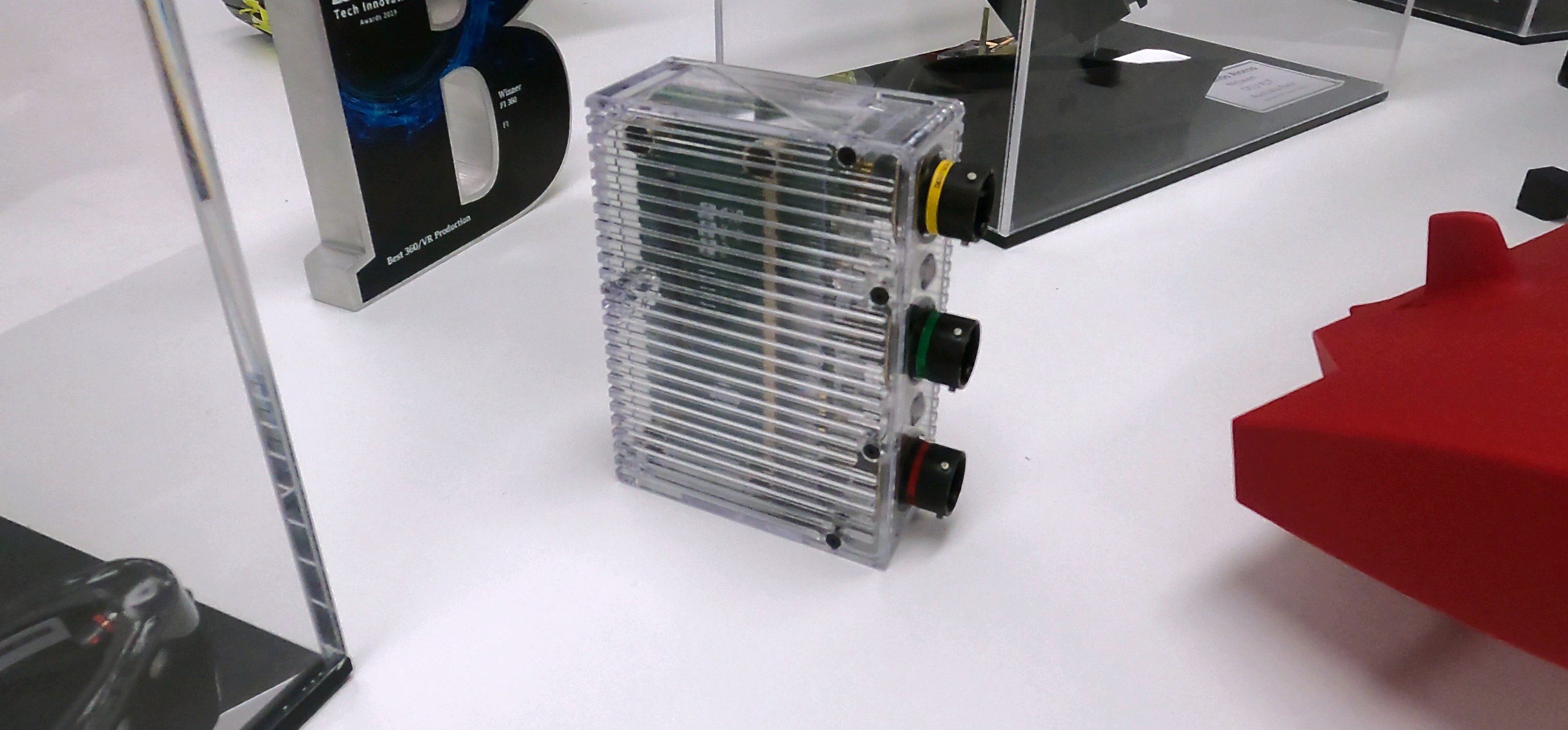
The unit that stores footage from the T-Cam
8. Why driver initials were briefly added to T-Cams in 2025
.jpg?cx=0.5&cy=0.5)
Charles Leclerc’s T-Cam with his TLA stickers on the side at the 2025 Belgian GP
9. F1 tests new cameras during race weekends
.jpg?cx=0.5&cy=0.5)
F1 has worked on housing the rear-light camera within the rear light itself from 2026 - a challenge given the heat and vibrations from the exhaust above
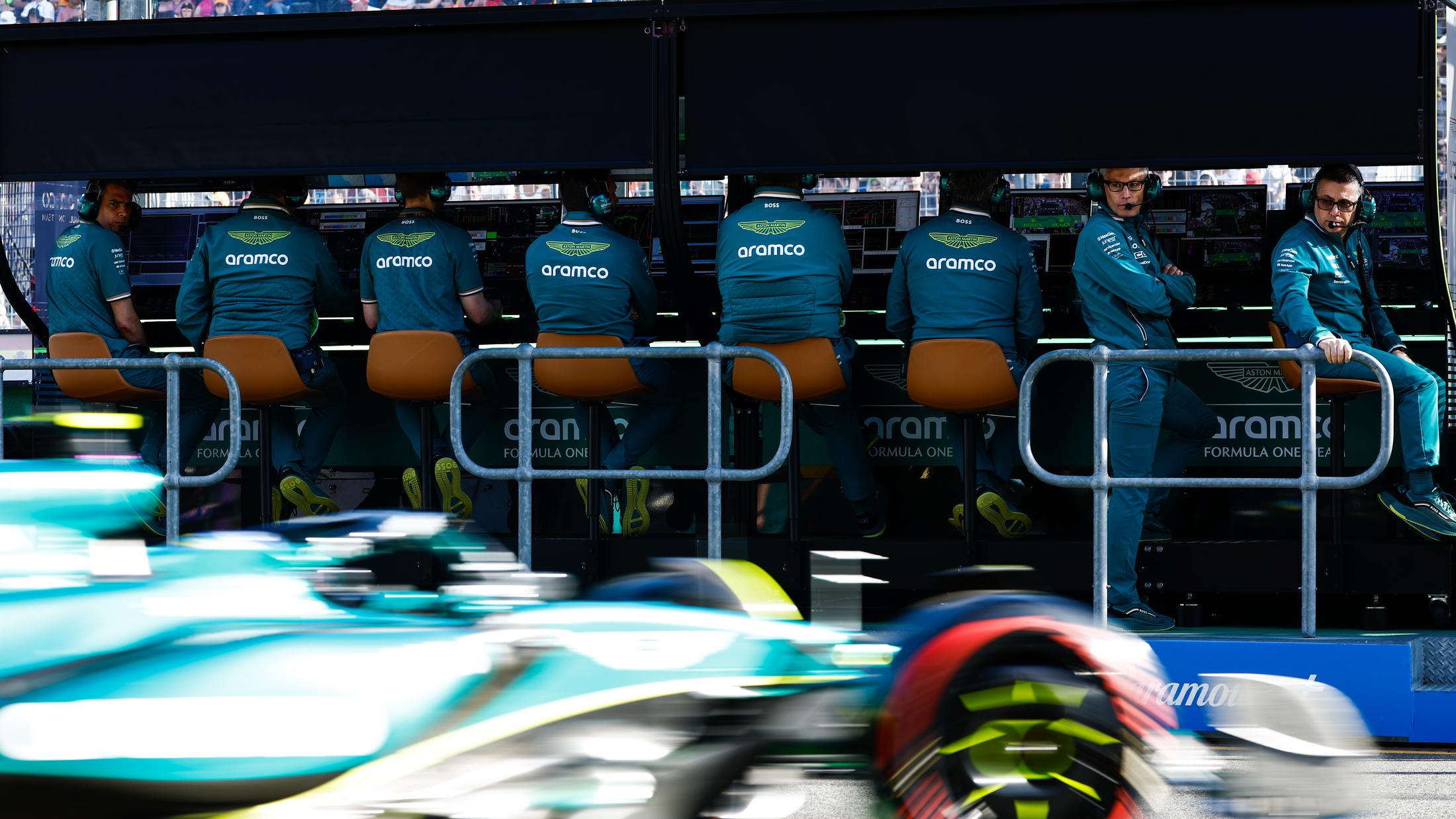
/xpb_1300472_hires-(1).jpg?cx=0.52&cy=0.57)
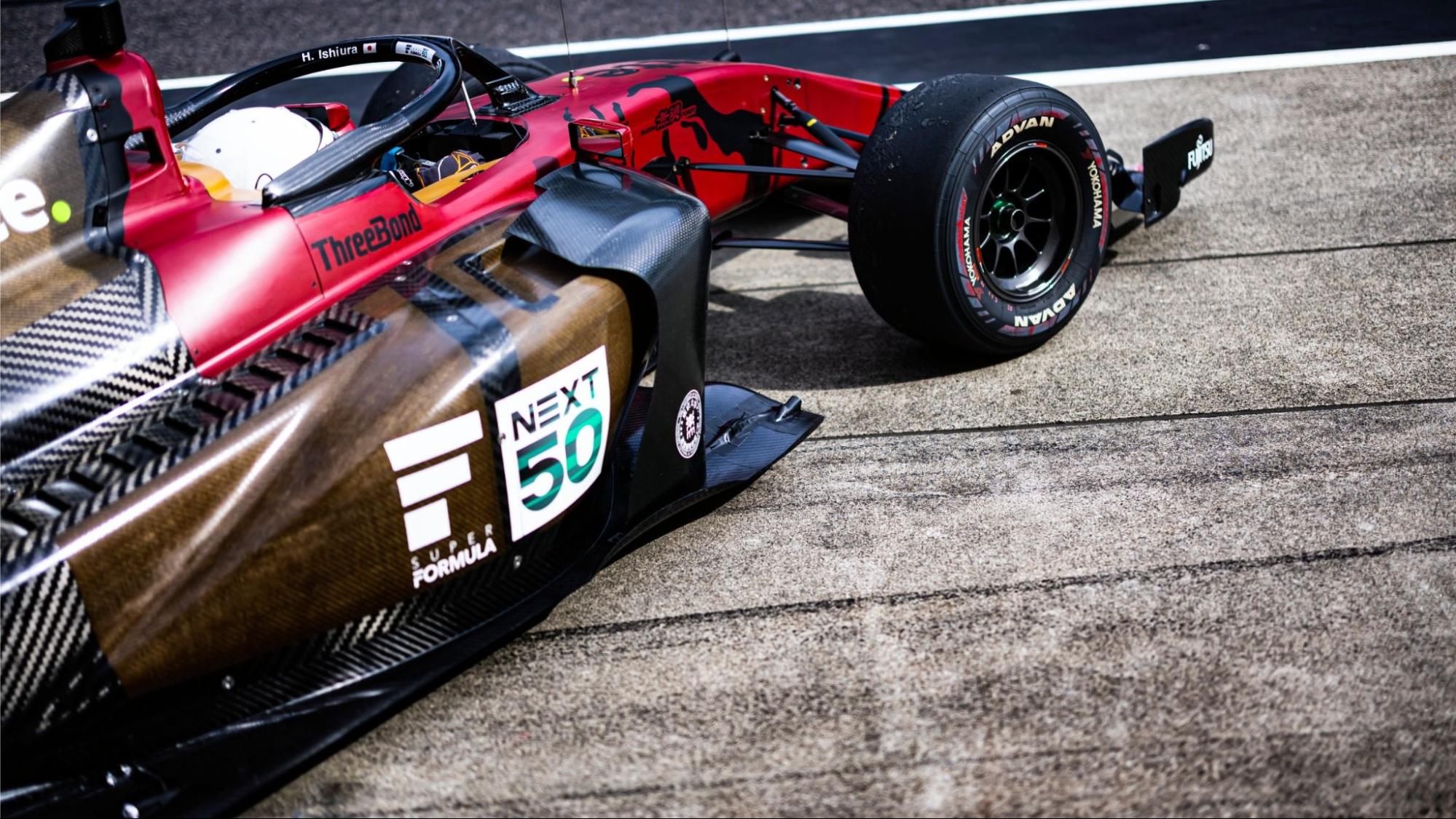

.png?cx=0.5&cy=0.5)
